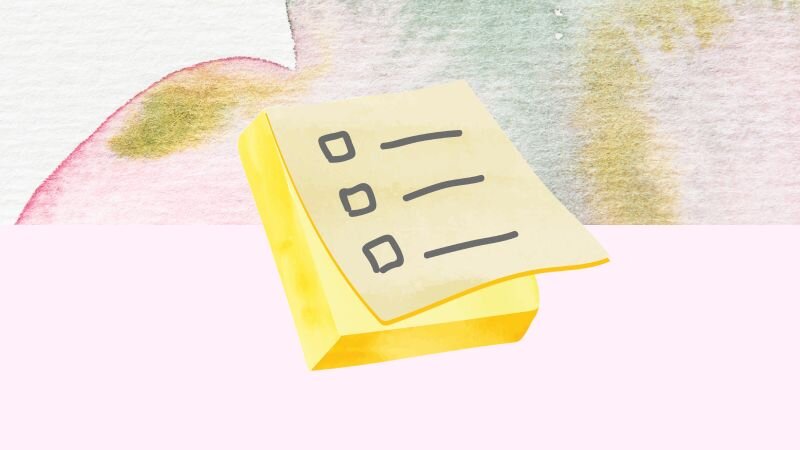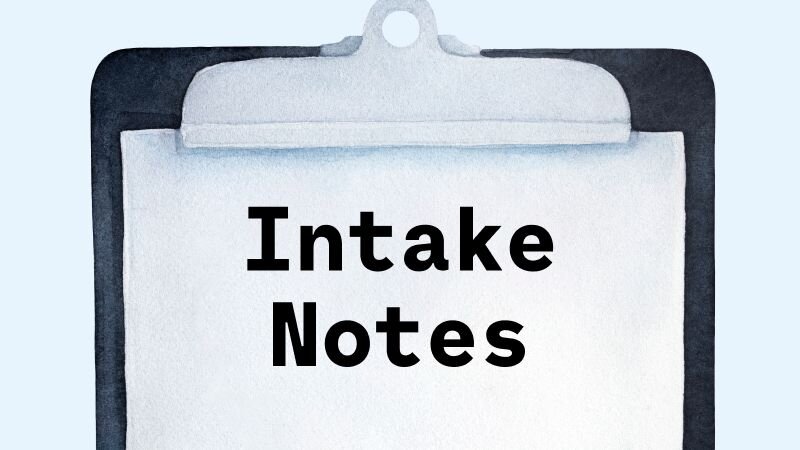
How to start a private therapy practice
Going out on your own can come with a learning curve, especially if you’re not familiar with the business aspects involved in a private practice.

Going out on your own can come with a learning curve, especially if you’re not familiar with the business aspects involved in a private practice.

Here’s your starter kit for private practice, according to providers who’ve been there before.

As a therapist, your superpower is helping other people. So it may feel a little weird to turn the tables and talk about yourself and your accomplishments as you’re building your website, creating social media profiles, and signing up for therapist directories.

Getting a great therapist photo requires a bit of strategy — but don’t stress. You won’t need any fancy tools, and you don’t even have to hire a pro if it’s not in the budget.

Growing your clientele can be a lot less complicated than you think. All you’ll need is a simple mindset shift and a couple basic strategies that help potential clients find and connect with you.

Psychology Today is one of the most prominent players in the directory game — and strategically using it as a marketing tool can help you grow your practice.

Here’s what goes on behind the scenes — and how Headway’s relationships with insurance plans help us get you credentialed faster.

As you step into the realm of private practice, you can protect your career and reputation by understanding the essentials of malpractice insurance.

Here are the documents you’ll need to have on hand, and how to troubleshoot some common mistakes.

Electronic medical records and electronic health records may sound the same, but there are key differences in how they function.

Professional relationships can benefit you and your mental healthcare practice. Here are some practical tips for expanding your network.

To set yourself up for success, why not learn from people who have gone through the process before you?

You don’t have to be a web design expert. Just make sure your website is an accurate representation of you and your work, and that you make it easy for potential clients to connect with you.

Your voicemail should extend the same warmth and professionalism you convey in person — while ensuring the same privacy and confidentiality someone expects from a therapy session. copy block

The state has unique requirements for therapists when it comes to running a practice.

Be strategic and ensure you and your potential client have the information you need to start therapy on the right foot.

Taking the steps to keep your caseload current can be tedious — but it’s important.

Here are 7 of the most important housekeeping tasks to keep on your to-do list as a therapist in private practice.

Some of the most effective ways of taking care of yourself in a caring profession are small, affordable, and can be built into your work day.

Here’s how you can ensure you bring your best self to your friends and family and your clients.

If you’re feeling empowered to take your burnout head-on, read on for advice on five ways you can battle burnout as a therapist.

Becoming a licensed therapist involves a lot of work, and a lot of education.

Navigating compliance can be time-consuming and stressful. We’re committed to changing that.

The intake assessment is your chance to get a deep understanding of your patient — and maybe connect some elements from their journey that they wouldn’t connect themselves.

Whenever you want to change the goal of your therapy care, or the path you want to take with the client to reach that goal, you’ll want to document a treatment plan.

Progress notes are the core piece of documentation a mental health care provider should write after each session with a client, but it’s more than just a record of what happened in the session.

The “golden thread” helps connect the dots between your clinical and administrative work.

Here’s how SOAP notes can help you write better, faster notes — and effectively document your work as a clinician.

We’ll demystify how to write and structure them — plus how they compare to SOAP notes.

The BIRP note template focuses on how the client appears to think and feel before and after your therapeutic intervention.

Based on our conversations with insurers, here are 10 of the items most commonly missing from charting documentation, including examples of what it takes to meet the requirements for each.

The Patient Health Questionnaire-9 helps screen for, diagnose, and track progress with depression.

The GAD-7 can help you narrow down a diagnosis if your client is experiencing anxiety symptoms, along with allowing you to track their progress over time.

Understand the ins and outs of CPT codes to help make documentation and billing more efficient — and give you more time to focus on other areas of your practice.

The 90837 CPT code is often understood to be the standard of a therapy session among providers. However, insurers have a tendency to flag 90837 more frequently than other codes.

The “45 minute” session is a core element of mental health care, so it’s vital that every provider knows how to apply the 90834 code to their work.

Code 90791 is officially deemed a “diagnostic evaluation,” but you might know it better as an initial assessment. It typically happens in your first session with a client.

Because 90792 can only be billed by psychiatrists and nurse practitioners, it’s a less commonly used code for intake assessments, but has many of the same expectations.

If your client demonstrates a clinical need for shorter therapy sessions — or you need to end a session earlier than planned — 90832 might be the right way to bill.

Family therapy can be a covered benefit for many care-seeking couples and households, but you should understand how to leverage code 90846 effectively for clinically-focused sessions.

Code 90847 represents a session where the identified patient actively participates, giving the provider important visibility into the ways family interactions can contribute to or alleviate a patient’s condition.

CPT code 90785 is an add-on code used to reflect communication difficulties during a psychiatric procedure, such as a psychotherapy session.

CPT codes 90839 and 90840 both reflect treatment for a crisis, but represent different time frames.

A client presenting the symptoms of ADHD will most commonly be diagnosed with a specifier code that provides detail about how their symptoms present.

Here are some of the most common ICD-10 codes associated with depressive symptoms, with different criteria for frequency, severity, and other features.

There are many ICD-10 codes associated with anxiety disorders. Generalized Anxiety Disorder is most common, but there may be a more precise code that documents your diagnosis more effectively.

The ICD-10 includes one general code for PTSD, along with specifier codes that include a greater level of detail.

The two most important coding systems in medical billing are CPT codes and ICD-10 codes. Both have their own distinct purpose, and you’ll need to understand each of them if you’re working with insurance.

Z codes are an important tool for identifying the social needs of a patient population. Here’s how to leverage them effectively and compliantly.

Headway’s clinical team helps to build systems and processes that empower clinicians and their practices while offering high-quality clinical guidance.

If the journey of one thousand miles begins with a single step, then the journey to starting or streamlining your insurance practice begins with a single call.